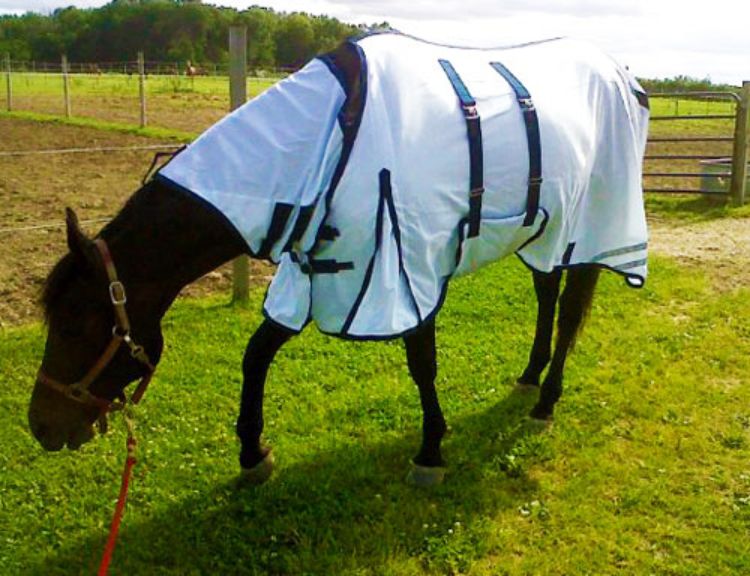
Insect pests can be a chronic annoyance in Australia’s lush environments, where horses can graze freely. An essential tool in the equine owner’s arsenal is the right insect repellent for horses. Keeping these majestic creatures bug-free is not just a matter of comfort; it’s crucial for their health and well-being. This guide will explore the importance of choosing the correct insect repellent to protect your horse from bothersome insects in the environment.
Understanding the Need for Insect Repellent
In Australia, horses often graze and roam in open pastures and rural areas, where insects like flies, mosquitoes, and ticks are prevalent. These insects can cause irritation and discomfort, transmit diseases, and lead to various health issues in horses. Thus, selecting an effective insect repellent becomes crucial for responsible horse care.
1. Identifying Common Insect Pests
Before choosing it, it’s essential to be aware of the common insect pests that can trouble your horse in the Australian outdoors:
- Flies: Flies are a ubiquitous annoyance for horses. They can irritate by swarming around the horse’s face, eyes, and body, potentially leading to injuries from stomping or excessive tail swishing.
- Mosquitoes: Mosquitoes can transmit diseases like equine influenza and cause skin reactions and discomfort.
- Ticks: Diseases like anaplasmosis and Lyme disease can be spread by ticks that cling to a horse’s skin.
- Midges: Midges, also known as sandflies, can be particularly bothersome, causing itching and potential allergic reactions in horses. Types of Insect Repellents
2. Types of Insect Repellents
There are several types of these available for horses in the Australian market, each with its own unique characteristics and application methods:
- Sprays: Insect-repellent sprays are popular and can be applied directly to the horse’s coat and skin. They provide instant protection and are easy to use. Look for sprays that are designed for horses and provide long-lasting protection.
- Roll-ons: Roll-on repellents are applied by rolling the product onto the horse’s skin. They are useful for targeting specific areas, such as the ears and face.
- Wipes: Such wipes offer convenience and ease of application. They are pre-soaked with repellent and can be used on the horse’s coat and skin.
- Ointments and creams: These are thicker formulations that provide longer-lasting protection. They can be applied to specific areas or used as a barrier to protect insects from sensitive areas.
- Fly Masks and Sheets: In addition to topical repellents, fly masks and sheets cover the horse’s face and body, providing a physical barrier against insects.
Choosing the Right Insect Repellent
Selecting the right insect repellent for your horse involves considering several factors:
- Effectiveness: The primary consideration when choosing it is its effectiveness against the specific insects that are prevalent in your area. Look for repellents that are known to protect against flies, mosquitoes, ticks, and midges.
- Duration: Different repellents have varying durations of effectiveness. Some may need to be reapplied more frequently than others. Consider your horse’s daily routine and the time they spend outdoors when choosing a repellent with an appropriate duration of protection.
- Safety: Safety is paramount when selecting it for your horse. Ensure the product is safe for equine use and contains no ingredients that could harm your horse’s skin or health. Always follow the manufacturer’s instructions for application.
- Application Ease: The ease of application can be an important factor, especially if you have a skittish or uncooperative horse. Choose a repellent that you can apply comfortably and effectively.
Conclusion
Insect repellent for horses is indispensable to keeping your equine companion comfortable and healthy in the Australian environment. The right repellent can protect against common pests like flies, mosquitoes, ticks, and midges, reducing the risk of insect-borne diseases and minimising irritation. When choosing it, prioritise effectiveness, safety, ease of application, and any specific considerations related to your horse’s skin and the environment. Making a well-informed decision will guarantee that your horse enjoys the stunning Australian outdoors, bug-free and happy.


